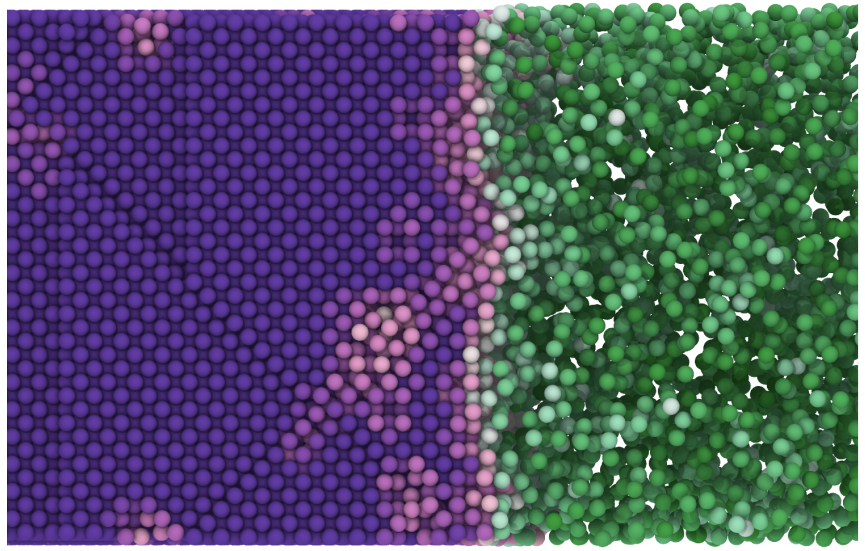

Two key mineralogical research breakthroughs, mainly from the North Sea, underpinned this discovery. The impact of diagenetic processes on petroleum entrapment and recovery efficiency has focused the vast majority of the world's conventional oil and gas resources into relatively narrow thermal intervals, which we call Earth's energy “Golden Zone”. The model was extended to propose that fundamental particles were the primary units of crystallization, and that changes in the particle population were responsible for the commonly observed evolution in XRD character of these minerals with increasing depth of burial and temperature.

Experiments were reported which proved the model, by producing randomly interstratified illite-smectites from combinations of ordered illite-smectite and smectite clay dispersions. The term "interparticle diffraction" was used to describe this phenomenon. The model reconciled electron microscopy and X-ray diffraction (XRD) data from a variety of sedimentary clay specimens, and proposed that these minerals were composed of nano-crystalline "fundamental particles" whose adsorptive interfaces were responsible for the expanding smectite layers observed by XRD.
#FUNDAMENTAL PARTICLES SERIES#
Whether these particles might themselves be composed of more fundamental building blocks is an open question, and the construction of a "theory of everything" that would explain the properties of all of the known particles and forces remains the ultimate goal for modern physics.An informal overview is given of the development of the fundamental particle model, where, in a series of papers published from 1982-1987, researchers from the Macaulay Institute presented a radical model for the interpretation of the crystal structure, chemistry, and genesis of interstratified clays. The gauge bosons include the W and Z bosons, which mediate the weak nuclear force, the gluon, which mediates the strong nuclear force, and the photon, which mediates the electromagnetic force. These forces are mediated by yet another set of elementary particles, the gauge bosons: When two particles interact, they exchange one or more gauge bosons. (The color is not important, only that all three colors be present)Įach of these elementary particles interacts with other elementary particles, through one or more forces.The electromagnetic force (between particles with electric charge), the strong force (between particles with color charge, such as the quarks), the weak force (between all leptons and quarks), and the gravitational force (between all particles). A proton is composed of two up quarks and one down quark. The second group of Hadrons are called baryons (e.g., protons and neutrons) and they are composed of three quarks. Mesons are Hadrons composed of one quark and one antiquark. Each of the six "flavors" of quarks can have three different "colors".

The third generation is composed of b (bottom) and t (top). The second one is composed of s (strange) c (charm). There are quarks u (up) and d (down), which occurs in the first generation. The generations of quarks differs according to the property called flavor. Anti particles have the same mass, but opposite charge or magnetic moment. This ensures a constant potential of the Lepton. The first one involves electron and electron neutrino, the second one muon and muon neutrino and the third consists of particle Τ and tau neutrino.Every Lepton group has also an antiparticle. The Leptons are not interconnecting with the strong nuclear force and there are three generations of these particles. The Higgs-boson, which is also a part of the system should be neglected, because it needs still a lot of research to understand this particle. This standard model contains of 24 fundamental particles. In current understanding, particles are excitations of quantum fields and interact following their dynamics. These three particles form the standard model of the elementary particle physics, which describes the interaction between these particles. įirst group contains leptons and the second group contains quarks, but there is also another new particle which was discovered in July 2012 in Switzerland in Cern,named Higgs Boson. Elementary Particles Įlementary particles consists of two groups:Įlementary Particles are the smallest building units in our Universe.


 0 kommentar(er)
0 kommentar(er)
